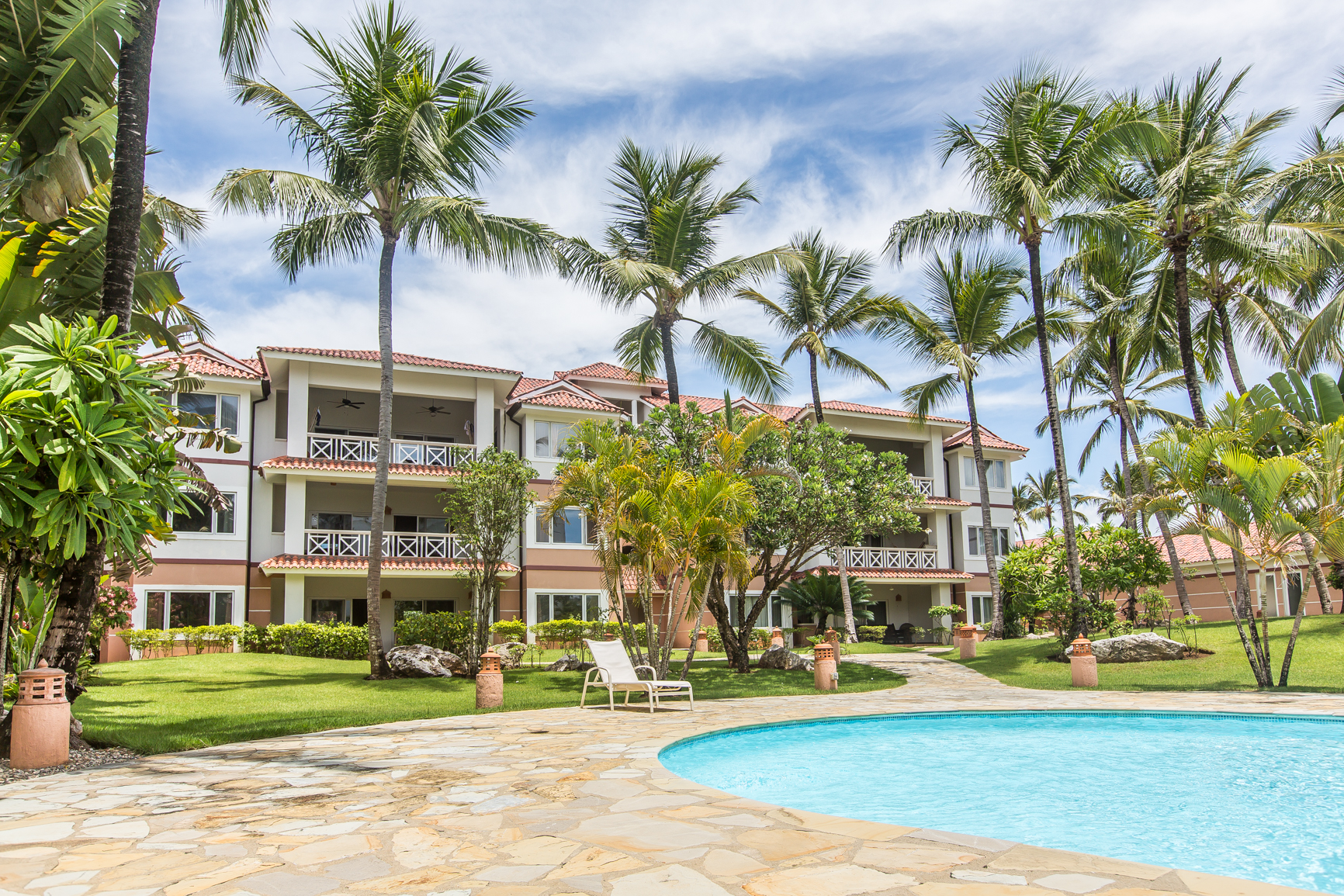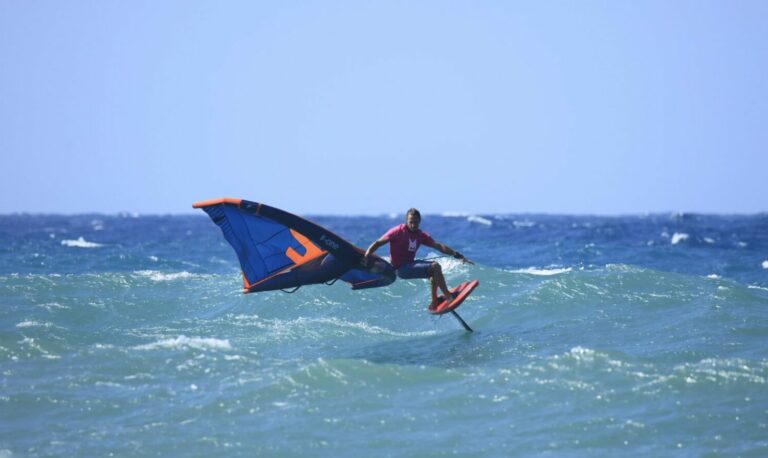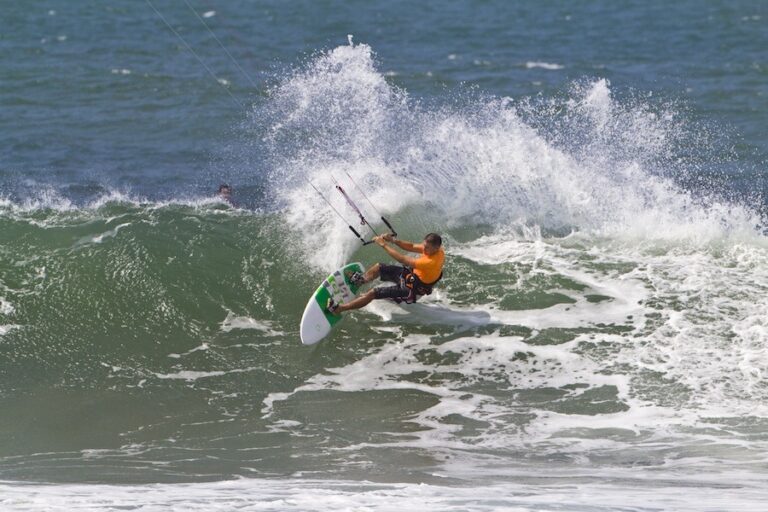The Dominican Republic is a sovereign state located on the island of Hispaniola in the Greater Antilles archipelago of the Caribbean region. It occupies the eastern five-eighths of the island, which it shares with the nation of Haiti, making Hispaniola one of two Caribbean islands, along with Saint Martin, that are shared by two sovereign states. The Dominican Republic is the second-largest country in the Caribbean by area (after Cuba) and third by population (after Cuba and Haiti).
In November 1492, Christopher Columbus landed on the island of Hispaniola and claimed it for Spain, which made it the first colony in the New World. The colony was then known as Santo Domingo, the name of its present capital city. Santo Domingo became the site of the first university, cathedral, castle, monastery and fortress in the Americas.
After more than three hundred years of Spanish rule, the Dominican Republic fought for and won its independence in 1844. Since then, the country has undergone a number of changes, both political and economic, but it has always remained a vibrant democracy.
The Dominican Republic is a popular tourist destination, with beautiful beaches, mountains, rainforests and colonial architecture. It is also a major producer of sugar, coffee, cocoa, tobacco and rum. The Dominican Republic is a founding member of the United Nations, the Organization of American States (OAS), the World Trade Organization (WTO), the Association of Caribbean States (ACS) and the Community of Latin American and Caribbean States (CELAC).





Leave a Reply